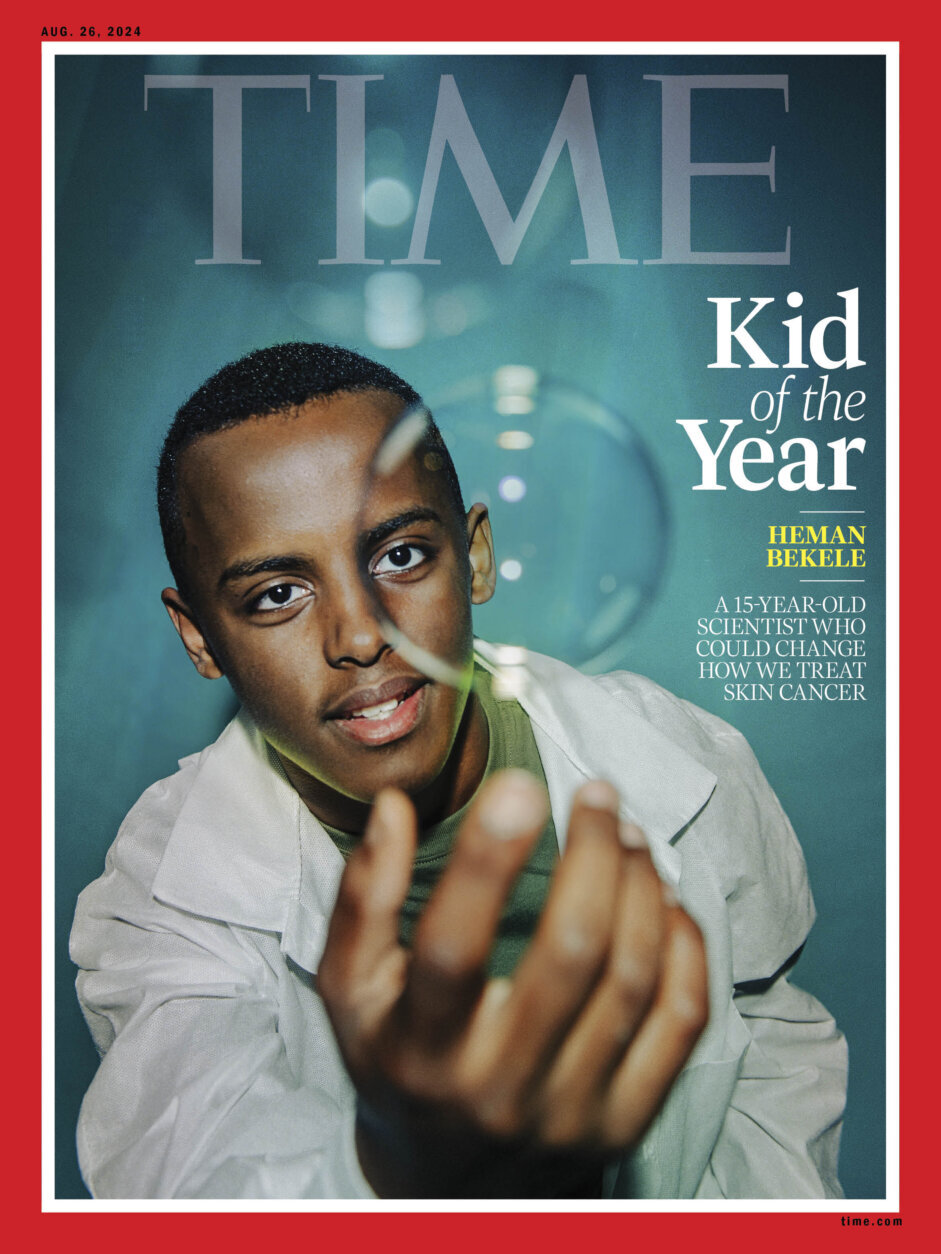Evaluating Sources
Scholarly vs. Popular Periodicals
There is a major difference between the various periodicals out there. (Periodicals are journals and magazines which come out periodically.) We can divide them into scholarly and popular periodicals. Scholarly periodicals have been peer-reviewed by experts in the field of study, while popular periodicals are not reviewed for accuracy but edited for grammatical corrections.
Here are some tips on how to tell the difference:
| Scholarly Periodicals | Popular Periodicals | |
|
Examples |
|
|
| Content |
Primary account of original research. Each article provides an in-depth discussion of findings and methods. |
Secondary discussion of someone else's research; may include personal narrative, opinion, or general information. The purpose is to entertain or inform. |
| Author(s) |
Authors are experts in their field. The authors are responsible for the research and experiments outlined in the article. |
Author(s) are journalists writing as a career; they are paid for their content. Generally not experts in subject field. |
|
Credibility |
Credentials are usually provided at the beginning of each article. It will tell you what their expertise is and where they currently do research. |
Author's credentials are usually not provided. |
|
Advertising |
Very few advertisements. The few that may exist will be ones that are highly specialized or position announcements. |
Advertisements everywhere. It might even be difficult to find the articles with so many advertisements. |
|
Audience |
Written for scientists, scholars, students, and researchers. |
Written for the general public. |
|
Language |
Has high levels of specialized terminology used within the field that might require expertise to understand. |
Written with commonly understandable vocabulary. Most people will easily understand the article. |
|
Graphics |
Limited to graphs, tables, and charts directly related to the content of the article. |
Full of color photos and graphics. |
| References | Required! The article will be full of citations and references that can easily be verified. | Not likely found. Many popular articles will not have citations. Some will even actively not tell you where they got their information and only cite an anonymous source. |
| Format | Formal layout. Each article includes an abstract, objectives, methodology, results, discussion, and conclusion. | Very informal. Relaxed language and non-standard layout or formatting. |
- Last Updated: Jun 26, 2025 10:29 AM
- URL: https://es.vccs.libguides.com/evaluatingsources
- Print Page
© 2023 Eastern Shore Community College
29316 Lankford Highway, Melfa, VA 23410
Phone: 757.789.1789
ESCC is an equal opportunity institution.


